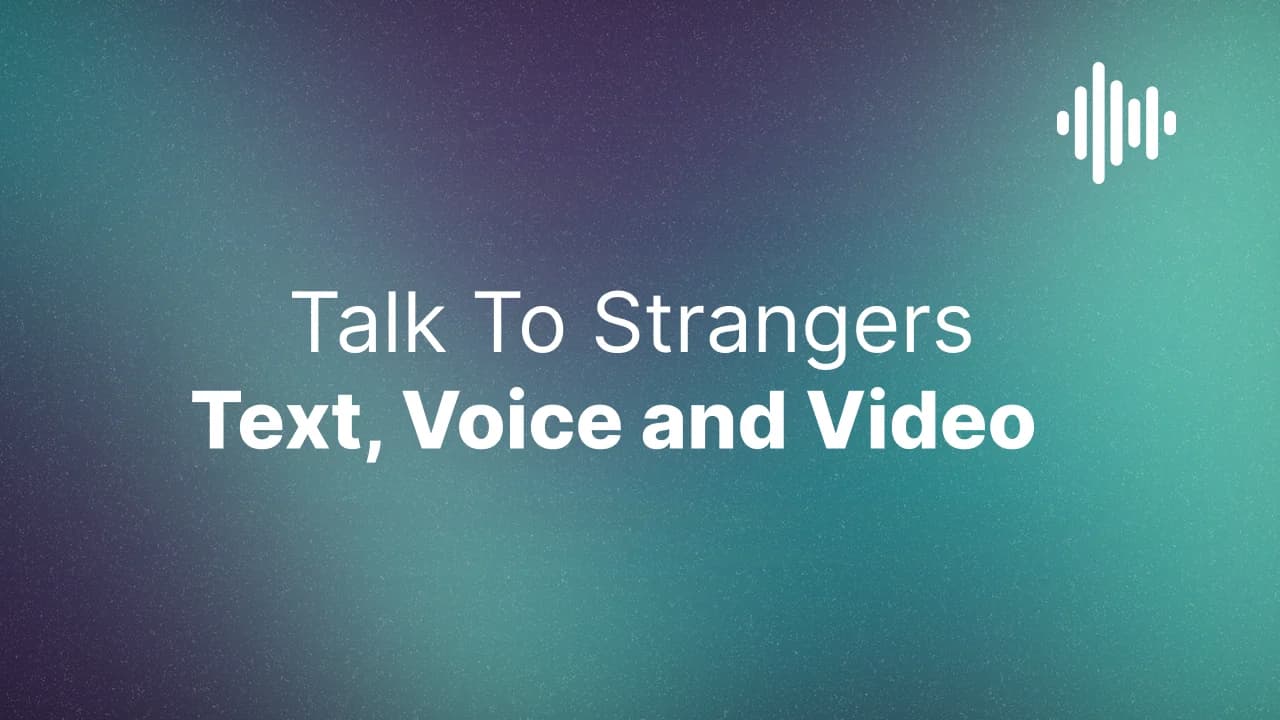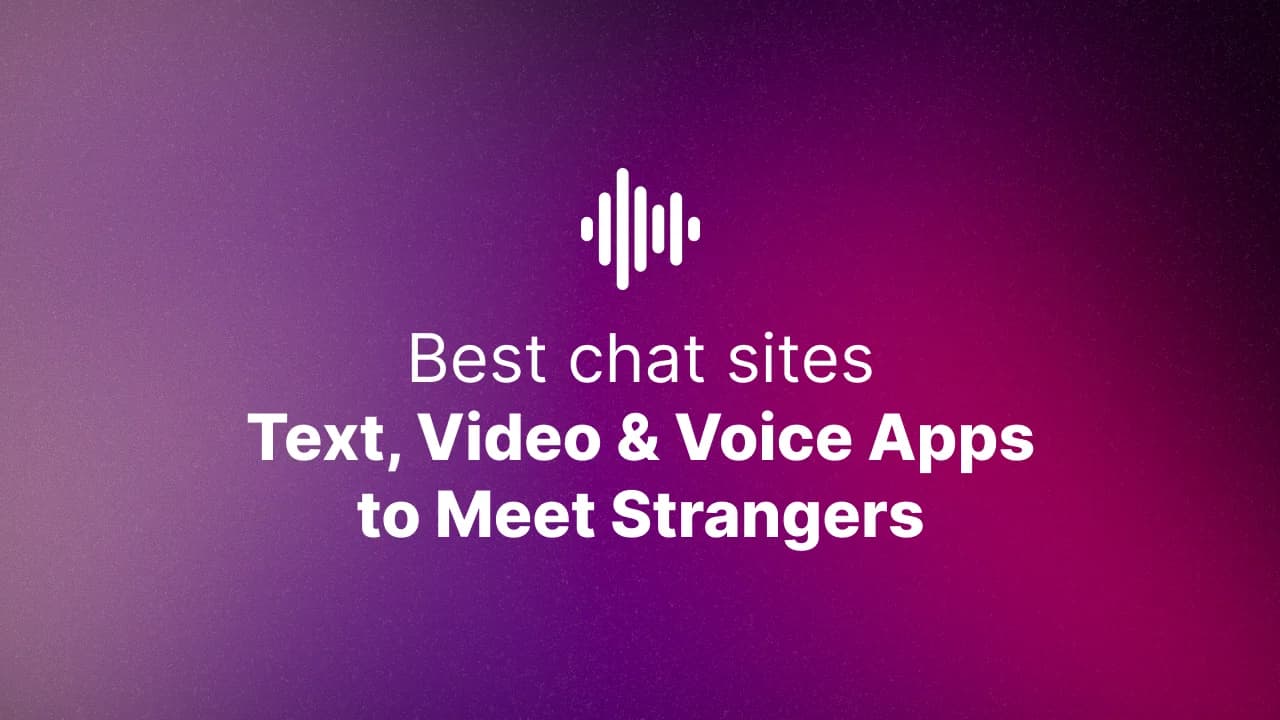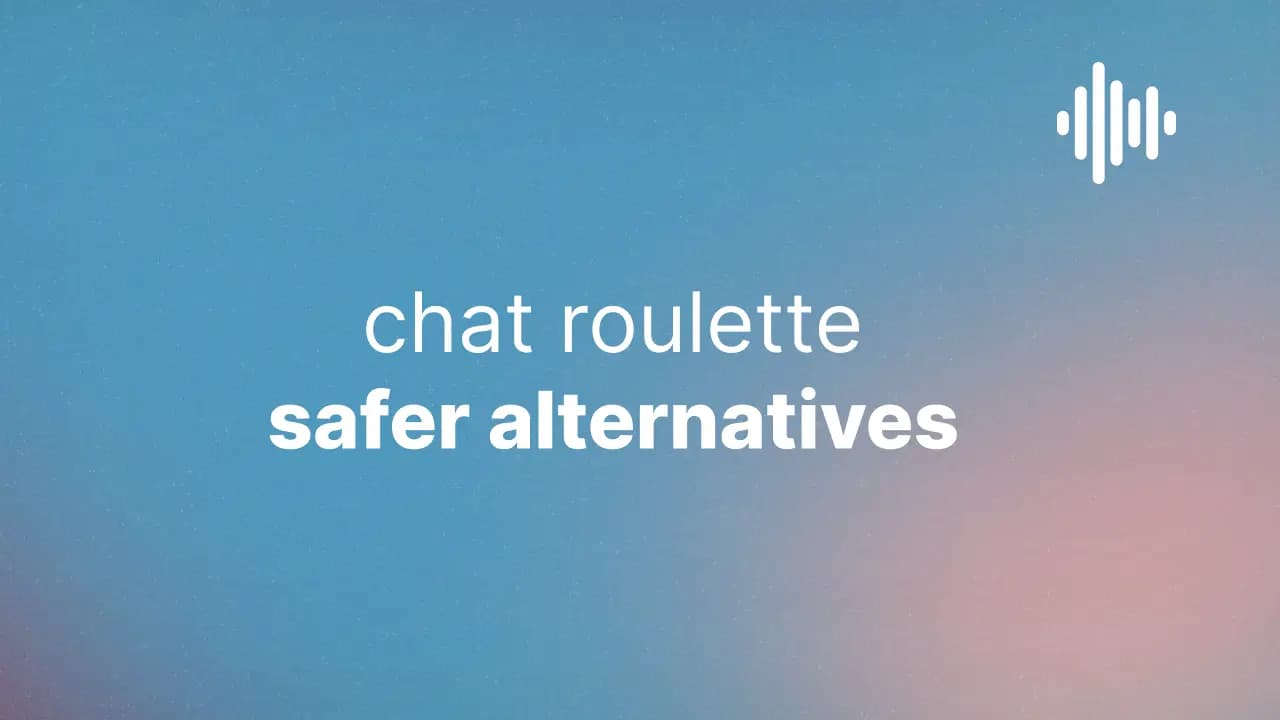Summary
Random video chat platforms are fundamentally broken by design and need to be replaced with safer alternatives. This analysis exposes how video-first anonymity rewards harmful behavior, creating environments where harassment, spam, and NSFW content thrive. Key problems identified: instant risk with zero trust, perverse ad-driven incentives, lack of consent gradients, bot proliferation, and no meaningful accountability. The solution is a conversation-first, consent-gated video model featuring voice-first defaults, Trust-First Video™ with mutual opt-in, reputation systems without doxxing, interest-based matching, and safety-by-design principles. Key benefits: reduced NSFW exposure, higher quality conversations, better retention, and real user control. The article provides a blueprint for platforms serious about safety and includes specific criteria for evaluating whether a platform prioritizes user well-being over engagement metrics.
Video-first roulette with strangers was never "broken"—it worked exactly as designed: fast, anonymous, and unaccountable. That combo guarantees creepiness, spam, and harm. Time to bury it and ship a safer default.
The structural rot in "random chat"
Call the problem what it is: video-first anonymity rewards the worst behavior. The moment you load into a face-to-face stream with zero context:
- Instant risk, zero trust. Nudity, harassment, and shock content are one click away.
- Perverse incentives. Ad-driven models optimize for time-on-site, not safety or quality.
- No consent gradient. It's binary: you're on camera or you're gone.
- Bots and farmed accounts. Low friction invites spam, scams, and manipulation.
- No meaningful accountability. Anonymity without reputation means repeat offenders thrive.
Patching that with "AI moderation" is like adding airbags to a demolition derby. You reduce damage; you don't change the game.
The replacement: conversation-first, consent-gated video
Here's the new pattern that actually fixes the incentives.
1) Voice-first by default
Start with audio. It's human enough to build rapport, yet private enough to be safe. No immediate exposure, no instant shock. This approach aligns with the case for voice-only connections in our increasingly visual and AI-dominated world.
2) Trust-First Video™
Video becomes earned, not default. A clear, mutual pathway:
- Warm-up window (e.g., 5–10 minutes of voice).
- Double opt-in: both parties request video.
- Real-time checks: nudity/NSFW detection and behavior signals before and after video unlocks.
- One-tap escape: if either party feels off, drop back to voice or disconnect—no penalty.
3) Reputation without doxxing
Anonymous doesn't have to mean consequence-free.
- Session grades (private to the system) weight future matching.
- Lightweight verification (optional) grants perks: quicker video unlocks, tighter filters.
- Patterned bad behavior quietly limits reach or blocks entirely.
4) Interest + mood matching
You don't need "destiny." You need context. Match on topic, language, energy level (deep talk vs. casual banter), and time horizon (quick chat vs. longer session). This creates the kind of meaningful connections that voice chat with strangers can facilitate when done right.
5) Safety by design, not as add-on
- Ad-free by default: subscriptions or small perks fund the service so safety isn't at odds with revenue.
- Transparent rules: visible safety page, real enforcement examples, appeal flow.
- Privacy-first: no creepy tracking; minimal data; ephemeral by default.
Old vs. new (at a glance)
| Old Random Chat | Conversation-First Model |
|---|---|
| Instant video with a stranger | Voice-first; camera comes later |
| All-or-nothing | Gradual: opt-in stages, easy exits |
| Reactive moderation | Safety baked into flow + real-time checks |
| Ad views and churn | Quality sessions and retention |
| None | Private reputation + optional verification |
| Shock, spam, repeat harm | Human connection with control |
What this unlocks (and what it doesn't)
Wins: less NSFW exposure, higher quality conversations, better retention, real user control.
Limits: no system eliminates abuse entirely; enforcement must be real, fast, and appealable. "Voice-first" lowers risk; it doesn't erase it—your policy and ops have to carry weight.
How to tell if a platform is serious (including ours)
- Does video require mutual consent after context?
- Is there an escape hatch that doesn't punish you?
- Are safety rules specific and public—plus examples of enforcement?
- Is it ad-free or otherwise aligned with user well-being?
- Can you control topics, language, and intensity?
- Is there optional verification that actually grants safer perks?
If the answers are vague, assume safety is a slogan.
The Whisperly stance
- Talk first, see later. Voice is the default.
- Trust-First Video™: mutual, earned, and monitored.
- Ad-free: we don't sell your attention to the highest bidder.
- Real policy, real ops: transparent rules and enforcement.
- Privacy-first: minimal data, ephemeral sessions by default.
We're not trying to revive random chat. We're replacing it with something that respects consent, context, and common sense. This is why we built Whisperly with these principles from the ground up.
Short FAQ (for search, and for humans)
Is this an Omegle alternative?
No. It's a safer social discovery model: conversation before camera, consent at every step.
Can I still "talk to strangers"?
Yes—voice-first with strong controls, then video if both of you choose. This approach is particularly beneficial for introverts looking to make friends without the pressure of immediate video interaction.
How do you keep creeps out?
Design + enforcement: earned video, behavior-weighted matching, real-time checks, optional verification, and actual bans.
Call to action
If you want the talk-to-strangers part of the internet to finally grow up, stop rewarding chaos. Choose conversation over roulette.
Try Whisperly today and experience Trust-First Video™ — voice-first connection with consent-gated video.
Ready for a Better Way to Connect?
Join Whisperly and experience voice-first, consent-gated video chat that actually respects your safety and privacy.
Start Chatting NowFAQ
What is fundamentally broken about random video chat?
Instant face-to-face with strangers invites shock content and harassment, prioritizing speed over consent and safety. A voice-first start fixes incentives; learn more in why voice-only works.
What does Trust‑First Video mean in practice?
Begin with voice, then mutually opt into video after context and comfort. This consent gradient reduces risk and increases conversation quality.
How can reputation work without doxxing?
Private behavior signals and session feedback shape future matching without exposing identities. This discourages repeat harm while preserving anonymity.
Can safer design really improve retention?
When people feel in control, they stay longer and return more. Voice-first flow and easy exits create repeatable, positive sessions—see how people get started.



